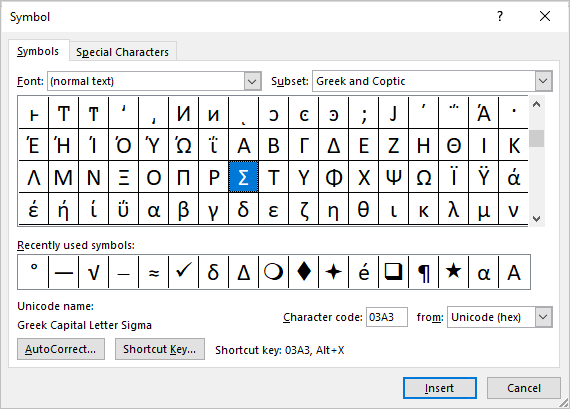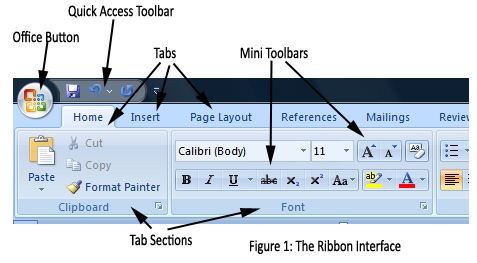
On the Layout tab next to the Table Design tab, click Formula. For example, you can add up each row of numbers in the right-hand column, and then you can add up those results at the bottom of the column. You can use more than one formula in a table. If you make changes to the numbers you’re adding, select the sum and press fn + F9 to show the new results. To multiply two numbers, click PRODUCT and type the location of the table cells: Type RIGHT to include the numbers in the row to the right of the cell you’re in and click OK.įor example, to average numbers in the row to the left of the cell, click AVERAGE and type LEFT: Type BELOW to include the numbers in the column below the cell you’re in and click OK. Type LEFT to include the numbers in the row to the left of the cell you’re in and click OK. Type ABOVE to include the numbers in the column above the cell you’re in and click OK. Then click the Paste function box and click the function you want.īetween the parentheses, choose which table cells you want to include in the formula: In the Formula box, delete the SUM formula, but keep the equal sign (=). Word includes other functions for tables-for example, AVERAGE and PRODUCT. You can also use more than one formula in a table. If you make changes to the numbers you’re adding, select the sum and press F9 to show the new results. =SUM(RIGHT) adds the numbers in the row to the right of the cell you’re in.

=SUM(BELOW) adds the numbers in the column below the cell you’re in. =SUM(LEFT) adds the numbers in the row to the left of the cell you’re in.


=SUM(ABOVE) adds the numbers in the column above the cell you’re in. To add up a column or row numbers in a table, use the Formula command.Ĭlick the table cell where you want your result.Ĭlick the Table Tools Layout tab and click Formula.Ĭheck between the parentheses to make sure Word includes the cells you want in the sum.


 0 kommentar(er)
0 kommentar(er)
